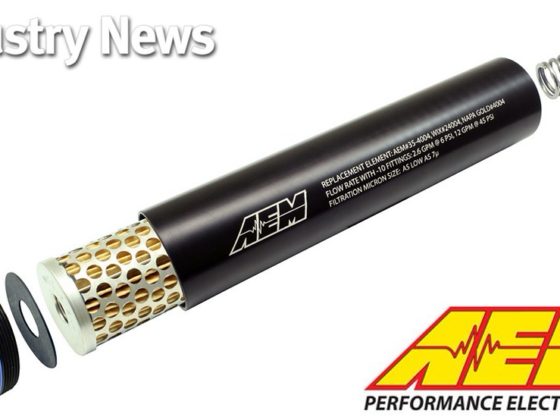,
 |
| A really cool feature is KW’s adjustable spring seat for the independently mounted rear springs. The ride height and corner weights can be adjustable. The spring seat fits right over the stock spring seat. |
The V3’s have a large adjusting range which is very handy for a dual purpose car. Make it softer for street driving on a daily basis and turn up the damping force for track use. A big range of adjustment means that a big range of spring rates can be used without having to revalve the shocks. The KW’s adjusters also have discrete adjusting increments which are easy to feel when driving. Most adjustable shocks, especially the lower cost ones, do not have consistency in their adjustments. On cheap shocks, the damping force adjusting increments typically vary from click to click and the adjustment range is small. For dual purpose track and street cars, being able to quickly and easily adjust the damping is important. Some double adjustable shocks require disassembly of the shock assembly so a button can be pushed while the shaft is rotated and other time consuming methods. The KW’s easy to reach external adjusters make dialing in the chassis a lot easier.
 |
| In compression most of the damping control is handled by the foot valve so the valving in the piston mostly acts like a one way check valve with some damping control across the board at all speeds. |
The V3’s damping curve can be tailored from mildly digressive to heavily digressive. A digressive damping curve means that there is more damping at low piston speeds. At higher piston velocities, the two stage valving blows open bypassing fluid to where there is less overall damping. Digressive curves give good body platform control while still allowing a decent ride and minimizing traction reducing tire shock and hop.
A really cool feature that the VIII’s have is a remote accumulator, the accumulator is like a remote reservoir found in some super high end race shocks. On the V3 this accumulator is a canister with a rubber bladder that is pressurized with nitrogen gas. Oil from the outer tube can flow back and forth from the outer tube to the accumulator. The bladder inside the accumulator gives the fluid displaced by the volume of the shock shaft as it goes in and out of the shock body a place to go. The rubber flexes and the gas compresses giving the incompressible fluid room, preventing the shock from getting hydraulic lock.
 |
| The low speed compression damping adjustment is mostly handled by the foot valve. The low speed fluid flow is shown in green. When the adjusting knob is turned, the spring preload on the needle valve controlling low speed fluid flow is increased, this increases the initial force needed to open the valve. When high speed flow needs to be controlled, like when hitting a big bump, the much larger compression blow off valve opens, its fluid flow is shown in blue. This allows the shock to react and absorb the impact. Thus you can have both good control via external adjustability and decent ride. |
Typically, a twin tube shock simply has a volume of air or gas in the outer tube at the top of the fluid to allow for shaft displacement. This works ok, but under hard use the air can get mixed with the fluid and the frothy mix has less damping than non-emulsified fluid. This mixing of air and oil is the primary cause of shock fade in hard use. Another disadvantage of a standard twin tube is that usually only a low gas pressure can be used if the shock is indeed gas pressurized. Pressurization is good because it reduces fluid cavitation through the valves at high piston speeds. Cavitation is localized boiling in low pressure zones like the backside of shock valves. Cavitation also causes the fluid to foam and lose damping ability. The VIII’s accumulator and rubber bladder prevent the gas and fluid from mixing. The bladder is pressurized to about 60 psi with nitrogen gas to reduce cavitation of the fluid. The dampers feature modular construction and can be taken apart for rebuilding or revalving if so desired.



